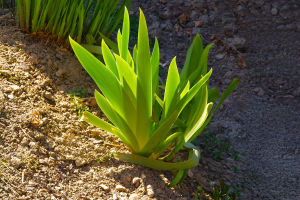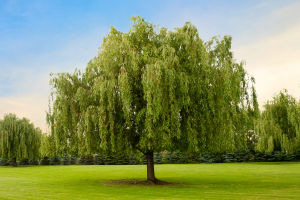Winter can be a challenging time for indoor plants. As temperatures drop and sunlight becomes less abundant, we may find ourselves struggling to keep our plants thriving.
However, with the right care, we can help our plants survive and even flourish through the colder months. In this article, we'll share simple and practical tips for keeping your plants happy during winter, so you can enjoy their beauty and health all season long!
1. Understand Your Plants' Needs
First things first: understanding the specific needs of your plants is crucial. Different plants require different levels of care, especially in winter. Some plants, like succulents and cacti, thrive in dry, cool conditions, while others, like tropical plants, prefer more humidity and warmth. It's important to research your plants' natural environments and adapt their care accordingly.
In the winter, plants typically need less water than in the warmer months. Overwatering can lead to root rot, so it's essential to let the soil dry out a bit between waterings. Always check the top few inches of the soil before watering, and remember: it's better to underwater than overwater.
2. Adjust Watering Practices
As the days get shorter, plants enter a kind of dormancy. This means their growth slows down, and they don't need as much water. One of the biggest mistakes we make is watering too frequently during the winter months, which can damage the roots and even cause mold to grow.
Water your plants only when the topsoil feels dry to the touch. Avoid letting water sit in the saucer beneath the pot, as stagnant water can encourage root rot. Also, make sure the water is at room temperature, as cold water can shock the plant's roots.
3. Make Use of Available Light
During winter, natural light can be scarce, but plants still need it to stay healthy. We might not realize it, but the sun's rays are still powerful, even in the colder months. Placing your plants near windows that get direct sunlight will help them get the light they need.
If your home doesn't get enough natural light, consider investing in grow lights. These special lights simulate sunlight, helping plants photosynthesize and maintain their health. Try to position the lights above the plants, ensuring that they receive light for about 12–16 hours per day.
4. Protect from Drafts and Extreme Cold
Cold drafts are one of the biggest threats to indoor plants in winter. Plants, especially tropical ones, aren't used to sudden temperature fluctuations. So, keep your plants away from drafty windows, doors, and radiators.
If possible, keep the thermostat at a stable temperature to avoid exposing your plants to extreme heat or cold. It's best to keep the temperature between 60-75°F (15-24°C). If your plant is particularly sensitive, consider placing it in a room that is consistently warm.
5. Maintain Humidity Levels
Winter air tends to be dry, which can stress plants, especially those that thrive in humid environments like ferns or orchids. The dry air from heating systems can also lead to browning edges on leaves. To counter this, we can increase humidity around our plants.
A simple way to do this is by placing a shallow dish filled with water near the plant. As the water evaporates, it will increase the humidity in the immediate area. Alternatively, you can use a humidifier or mist your plants lightly with water, but avoid soaking them.
6. Prune Dead or Damaged Growth
Winter is a great time to prune your plants. As the growth slows down, it's easier to identify and remove dead or damaged leaves and stems. Not only does this improve the plant's appearance, but it also helps to prevent pests and disease.
Use clean, sharp scissors to prune any brown or yellowing leaves. If you notice any signs of disease or mold, be sure to remove the affected parts to prevent it from spreading to the rest of the plant.
7. Avoid Fertilizing in Winter
During the winter months, most plants are in a resting phase, meaning they don't need the extra nutrients that fertilizers provide. In fact, fertilizing during this time can do more harm than good by encouraging weak, leggy growth.
It's best to hold off on fertilizing until spring when your plants begin to actively grow again. If you must fertilize, use a balanced, water-soluble fertilizer and only apply it sparingly.
Conclusion: Enjoy Your Thriving Plants All Winter Long
By making small adjustments to our plant care routine, we can ensure that our plants remain healthy, happy, and thriving throughout the winter months. Remember to monitor their light, water, temperature, and humidity levels carefully, and don't forget to keep an eye out for any signs of stress or disease. With just a little extra attention, your plants can continue to flourish through the coldest season.
Let's make winter a great time for our green friends, and enjoy the beauty and life they bring to our homes all year round!


